Remixed versions of popular songs can serve many different purposes. They might help songs toward a little bit of dance floor exposure. Or they could be a way to get contributions from guest artists who weren’t around for the original take.
Videos by American Songwriter
Rarely does the remix become the definitive version of the song. But that’s just what happened with “The Reflex”, Duran Duran’s massive 1984 No. 1 hit.
‘Ragged’ and Rough
Success can often breed problems. Look no further than Duran Duran as a great example of this. Their 1982 album Rio, their second release, catapulted them to world superstardom. They could have done anything they wanted on their next album. But, as it turned out, nothing that they did seemed to satisfy them.
The sessions dragged on for nearly a year and encompassed studios in three different ports of call. Unwilling to repeat the sound of Rio, they threw everything at the wall. Disagreements over their synth-heavy approach raged among band members. Things got so rough that the album, Seven And The Ragged Tiger, precipitated a much-needed studio hiatus for the group.
On one of their studio excursions in Montserrat, the group laid down a track called “The Reflex”. It was worked up in different sections that were then pieced together. As usual, Simon LeBon, the group’s lead singer, handled the lyrics. Even for a guy known for producing some head-scratching lyrics, “The Reflex” was particularly difficult to parse.
Rodgers to the Rescue
Duran Duran slotted “The Reflex” in as the very first song on the album, so it’s clear that they thought highly of it. However, they chose “Union Of The Snake” and “New Moon On Monday” as the album’s first two singles. Since those songs did well, the record company looked for a third single.
“The Reflex” was an obvious choice. But, at nearly five and a half minutes long, it needed to be shaved down. Duran Duran decided to give it an entirely fresh coat of paint by ordering a remix. They entrusted this task to Nile Rodgers, legendary guitarist for Chic. Rodgers’ production work with artists like David Bowie and Diana Ross had made him an in-demand collaborator in the 80s.
Rodgers went bold with “The Reflex”. He used early sampling techniques to create the stammering vocal effects (“Fle-fle-fle-flex”) that became so iconic. And he brought deemphasized elements of the original, such as the female backing vocalists, to the forefront.
He also shaved the song down to a more single-friendly running time. The transformation of “The Reflex” was staggering. Most of the public who heard the song on the radio had no idea they were listening to a remix. And the song soared to the No. 1 spot on the charts in the US, the UK, and several other countries.
Behind the Lyrics of “The Reflex”
Simon LeBon has always played it coy when it comes to the meanings behind his lyrics, and “The Reflex” is no different. Nonetheless, you don’t need to know the big picture to enjoy all the tasty snapshots inside it. Individual lines jump out at you, right from the beginning salvo: “You’ve gone too far this time/But I’m dancing on the valentine.”
One thing that comes through clearly is the narrator’s sense of urgency. “I sold the Renoir and the TV set,” he admits. “Don’t want to be around when this gets out.” He plans to make his stand and do so alone if need be. “High time is no time for deciding/If I should find a helping hand.”
As for the titular entity? Well, LeBon sums up the inscrutability of the whole song when he describes it. “And every little thing the reflex does,” LeBon sings. “Leaves you answered with a question mark.” Baffling indeed. But thanks to Duran Duran and Nile Rodgers, utterly captivating nonetheless.
Photo by Fin Costello/Redferns

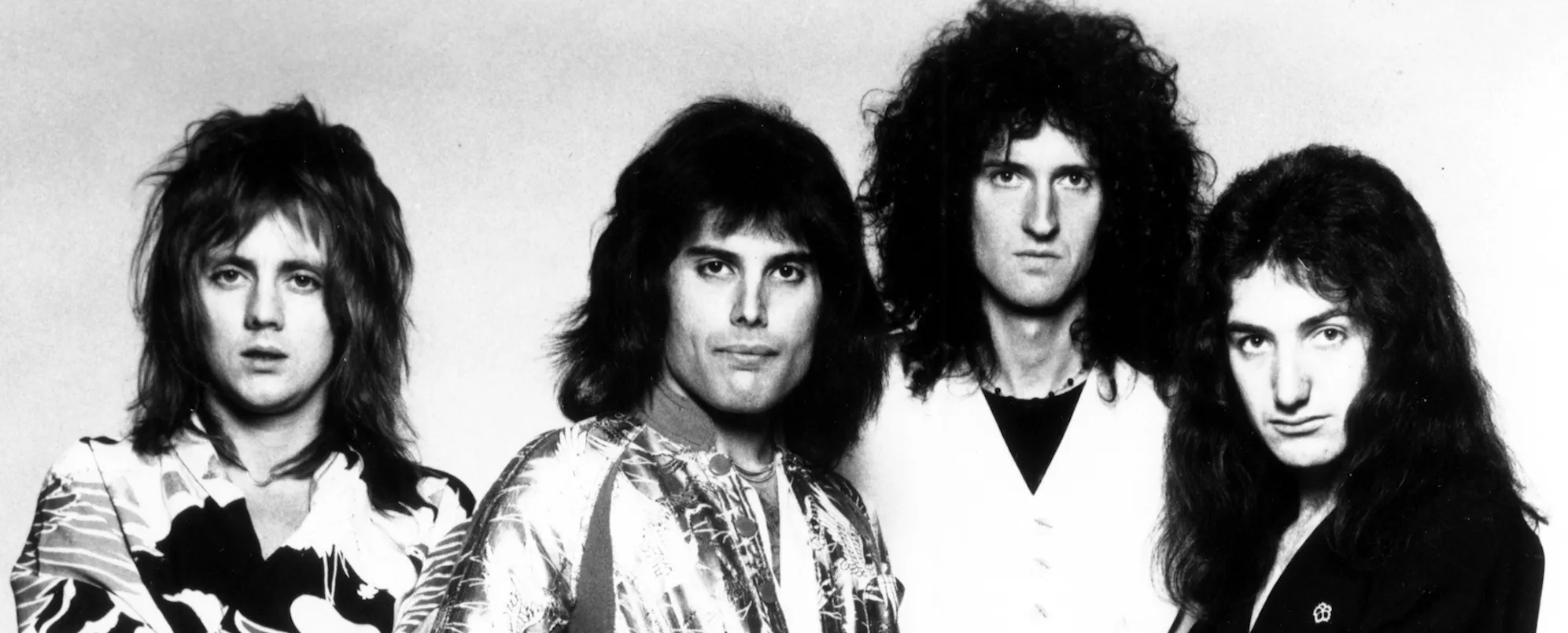
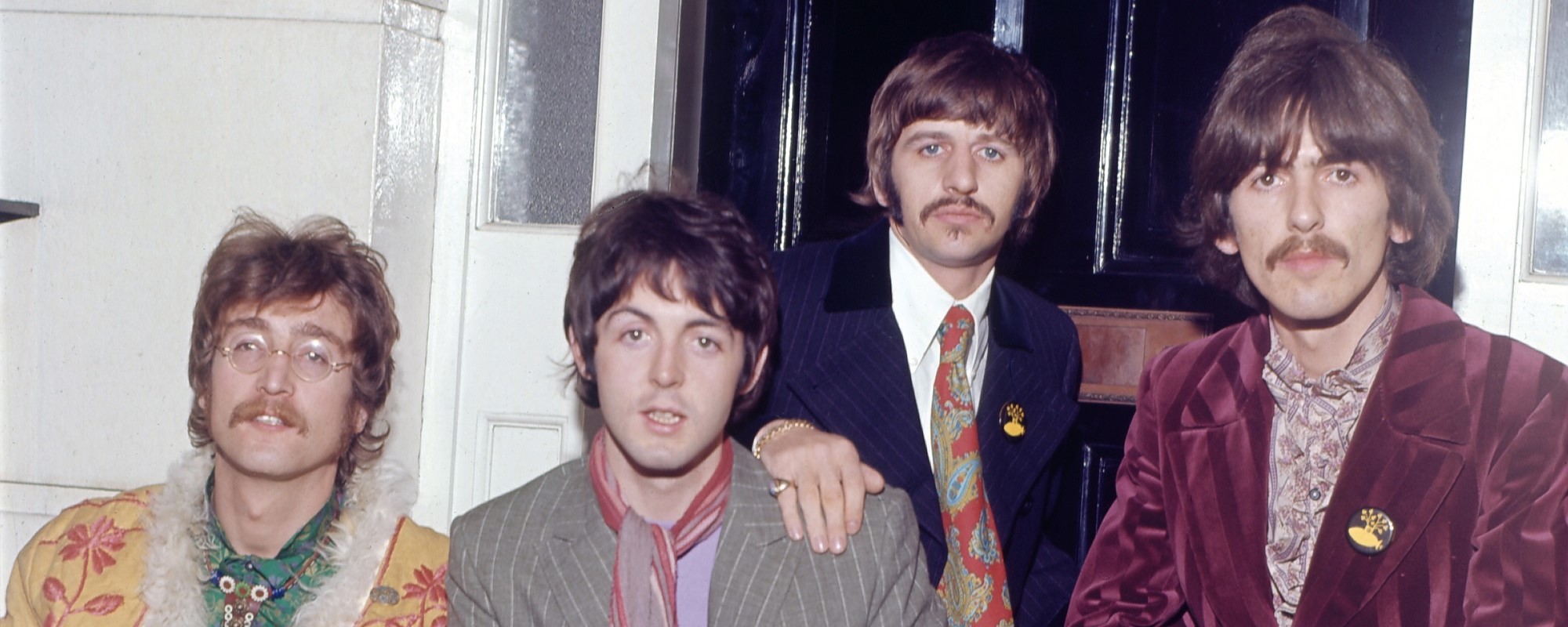
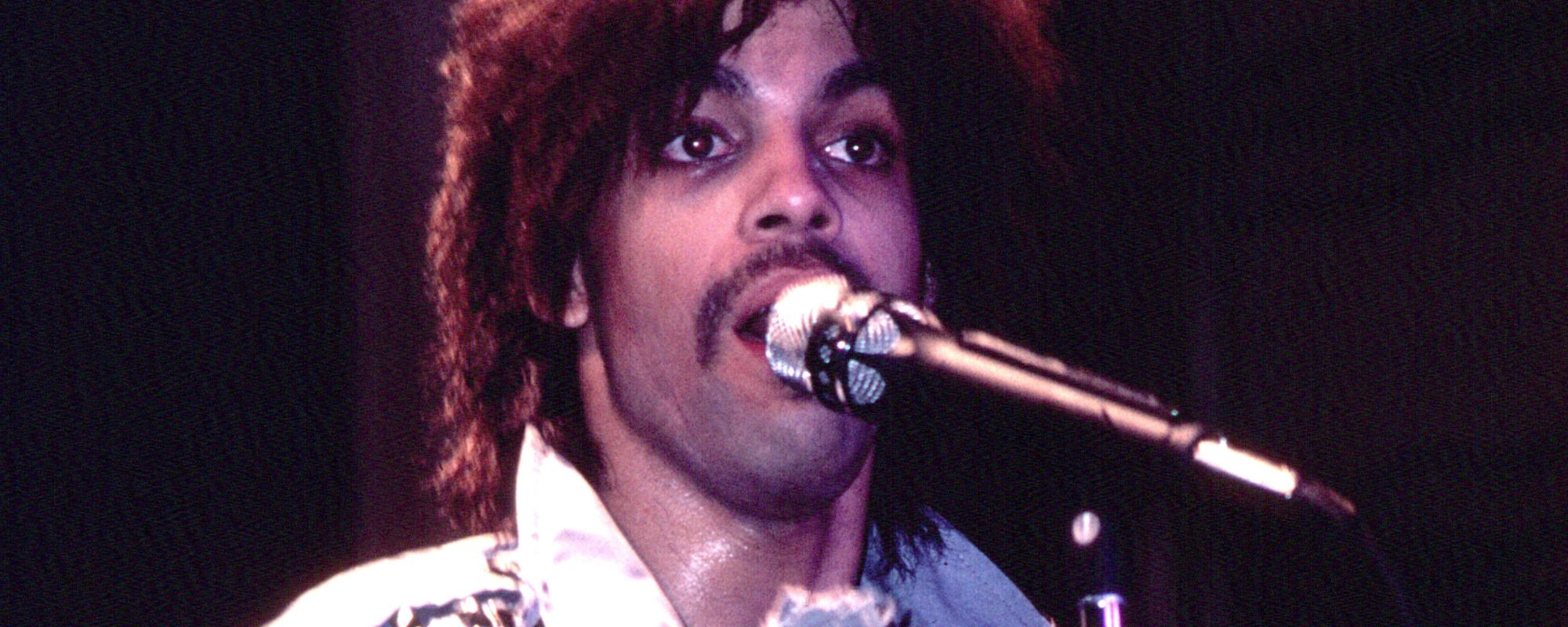
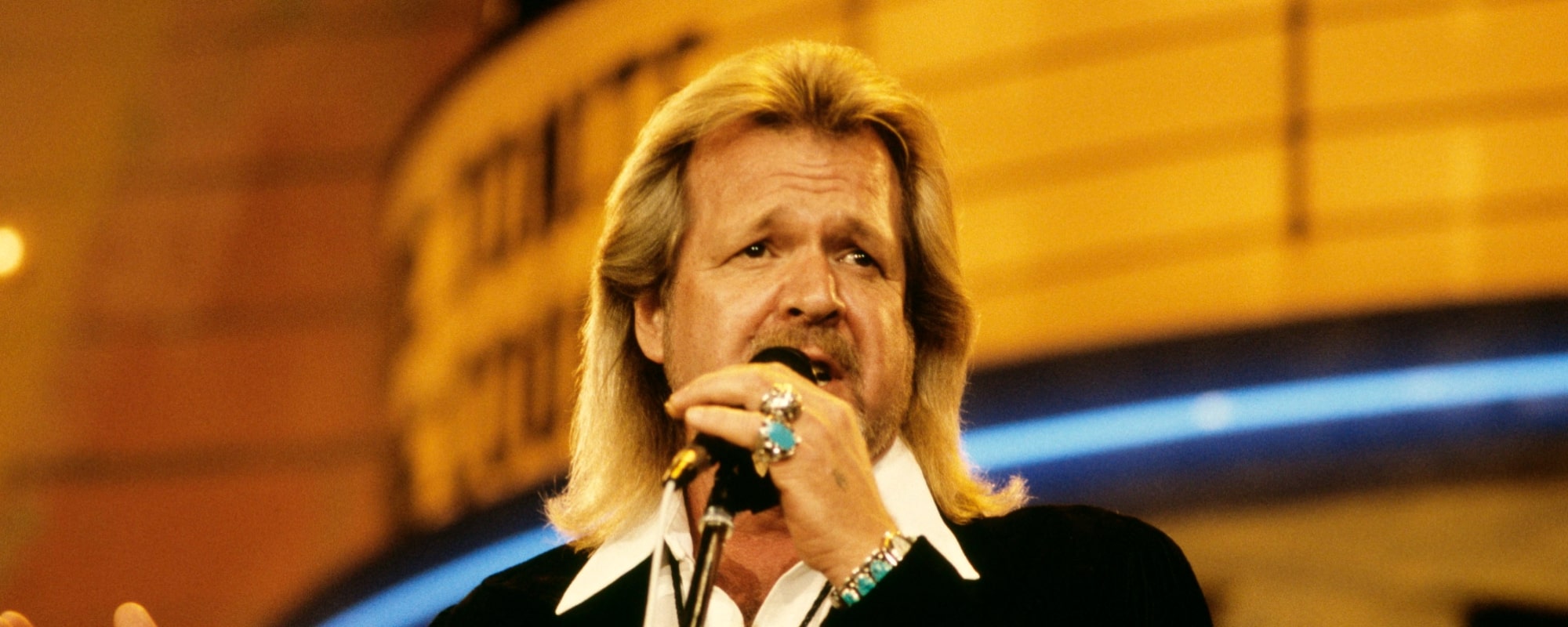

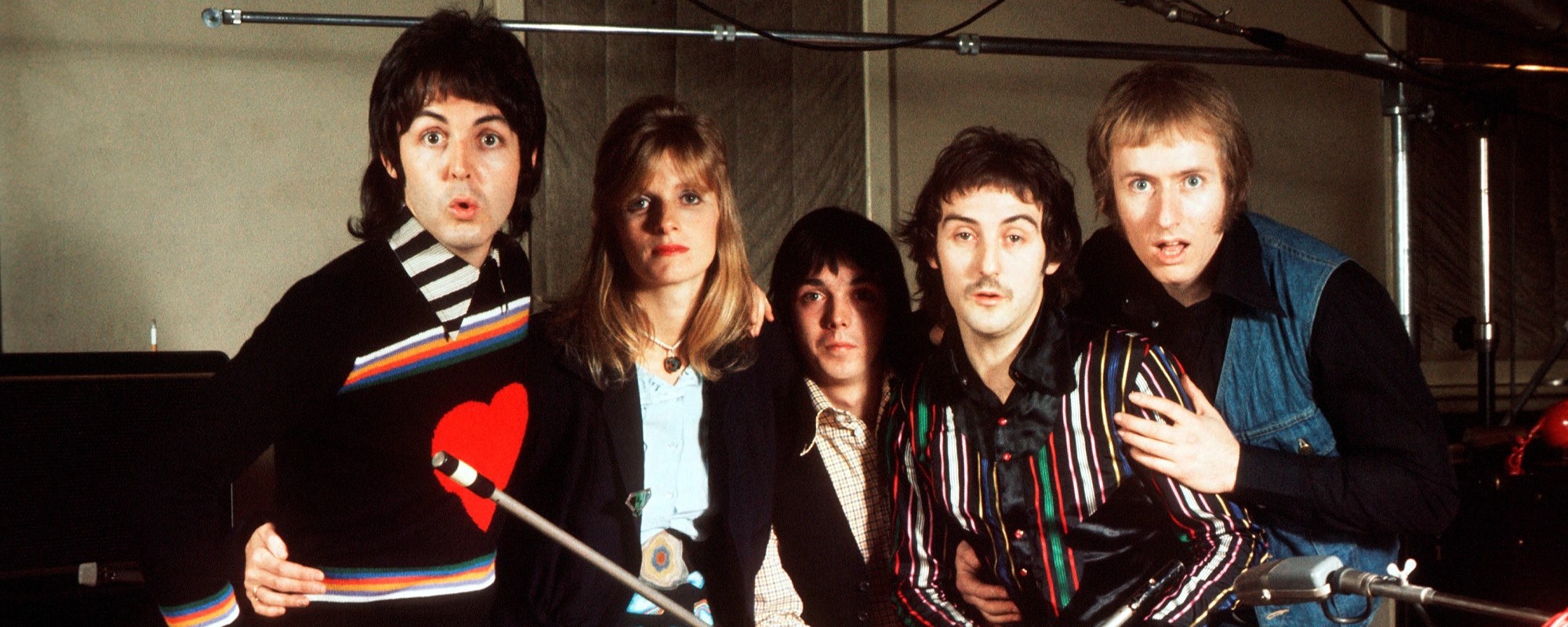
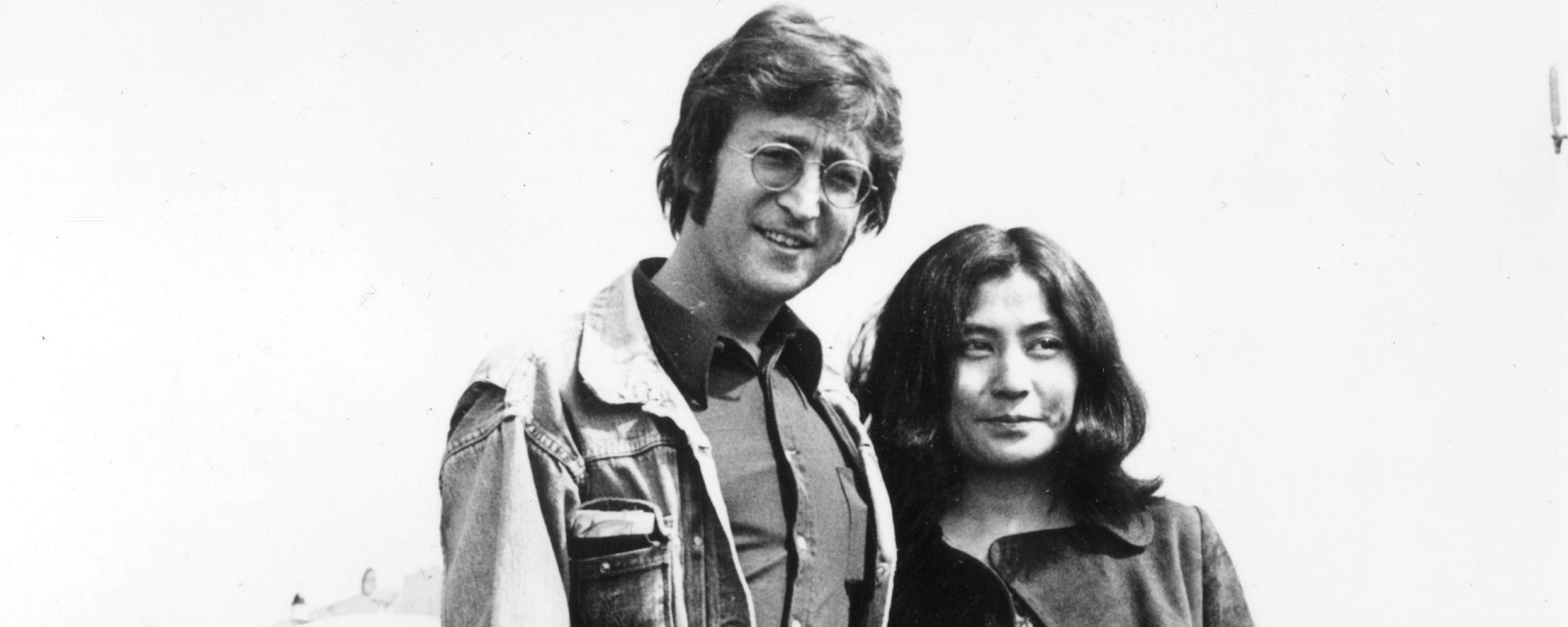

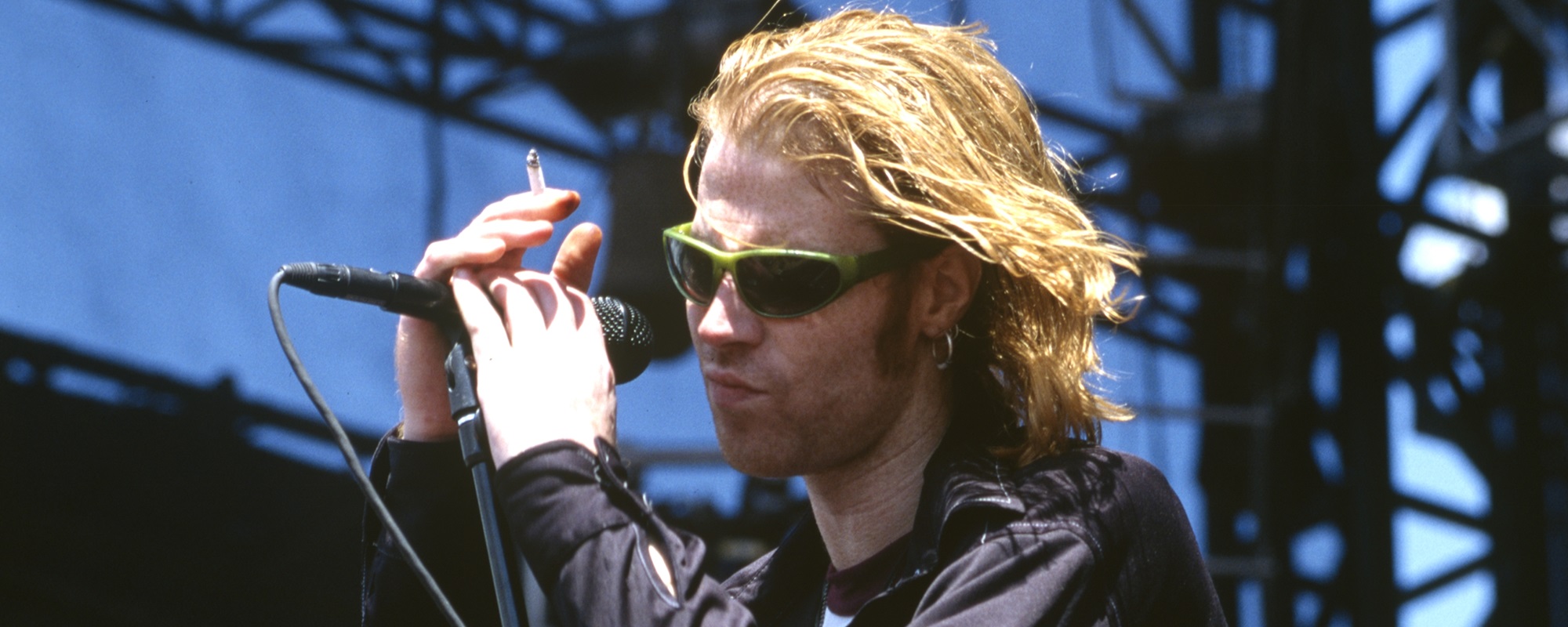
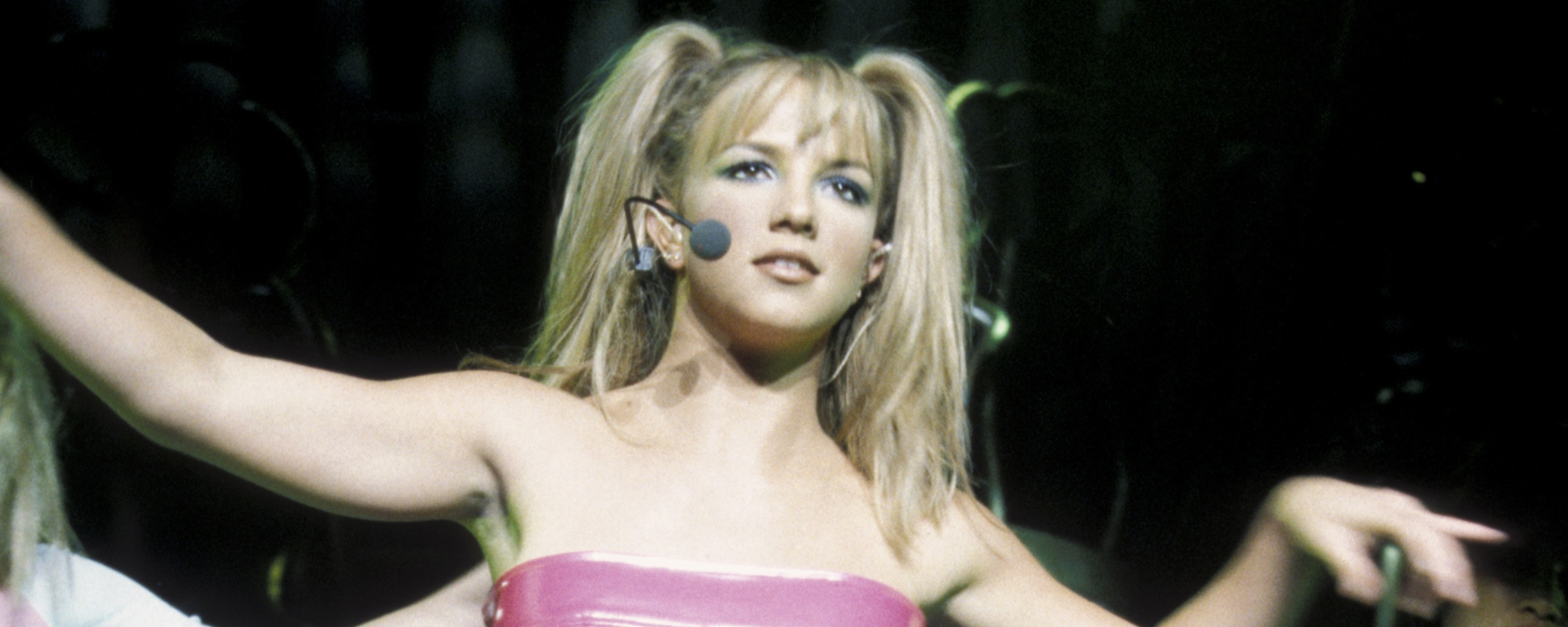
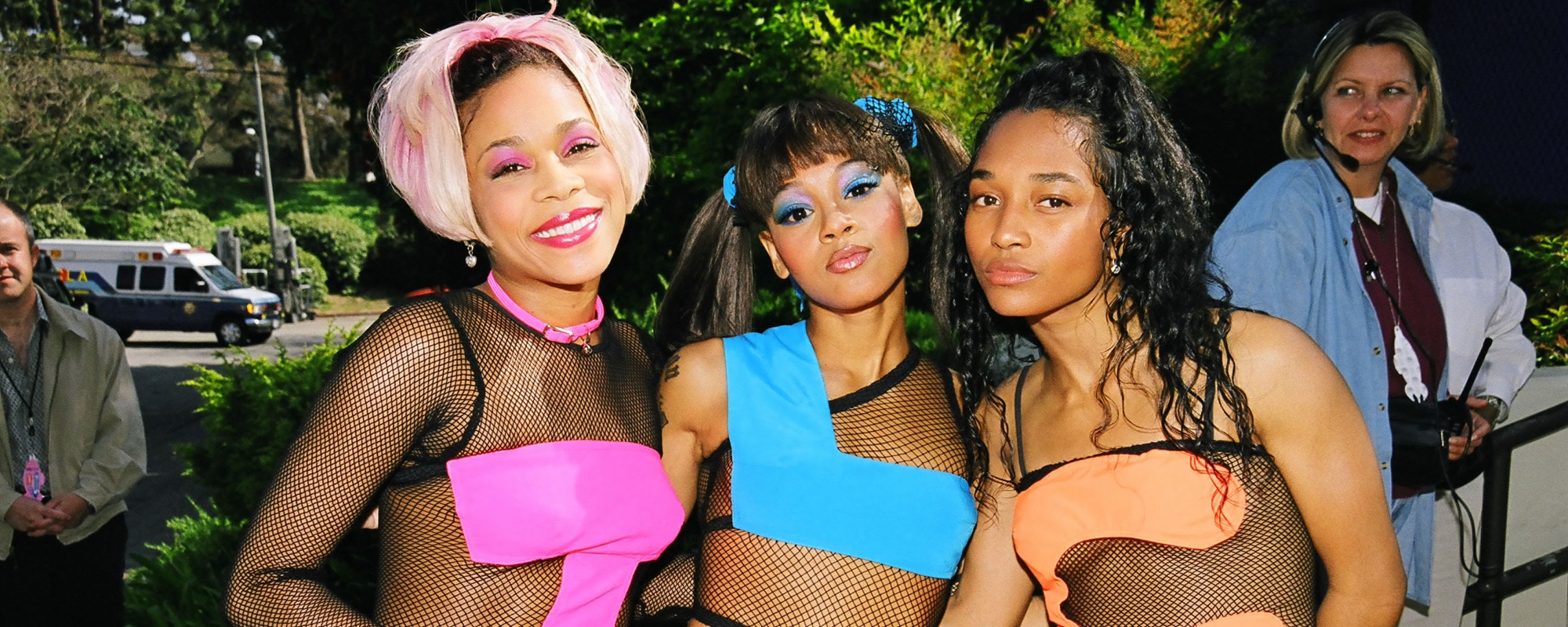
Leave a Reply
Only members can comment. Become a member. Already a member? Log in.